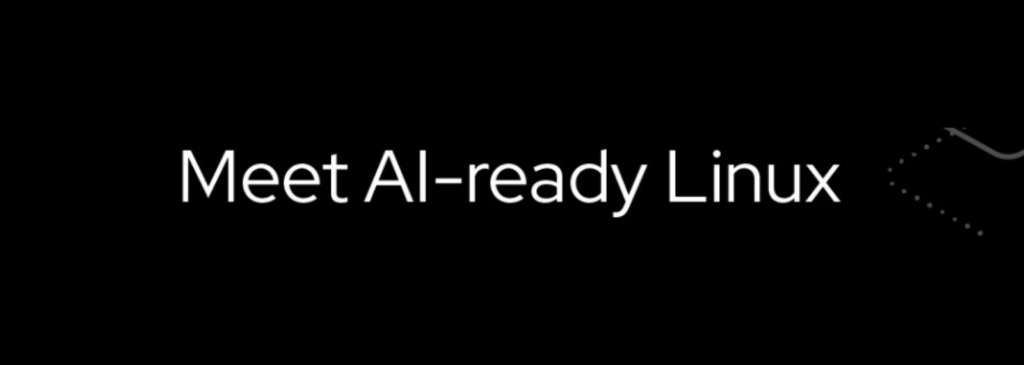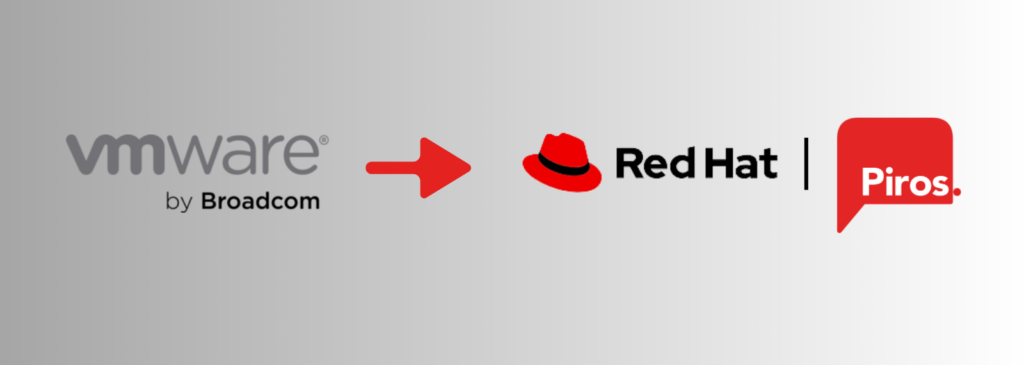How Red Hat helped to make the story of open source complete
To understand the present and better prepare for the future, it’s good to occasionally look to the past. This certainly applies to technology, and the story of open source story is a good example.
Open source software. When you hear the term, you might immediately think of Linux. “That’s understandable,” says Indy Van Mol, Enterprise Solutions Consultant at Piros. “The development of the Linux operating system in 1991 by Finnish computer expert Linus Torvalds, then still a student, gave open source a huge boost. And to this day, Linux is still regarded as the largest open source project in the world.” Driven by a rare enthusiasm, many thousands of Linux devotees, including Indy himself, are working together to further develop the most popular open source project on the Internet.
It had to be open
The roots of open source go back much further to 1969 when a team of Bell Labs researchers led by Ken Thompson and Dennis Ritchie developed the first version of the Unix operating system. They not only made their software available to governments and universities free of charge but also supplied the source code in one go. In this way, the first Unix users could make changes to the software and fix bugs themselves.
“That was undoubtedly the first milestone,” says Indy. “But you couldn’t call that real open source software.” For that, we must fast forward to 1983, when Richard Stallman launched the GNU Project (short for “GNU’s Not Unix”) to write a Unix-like operating system composed entirely of free software. Free as in having the freedom as a user to run, study, modify, and share copies of your software. “That was the beginning of the open source movement as we know it today.”
Free software is not (necessarily) free
But first, we need to take a step back in time. In the late 1970s, the University of California in Berkeley had already developed its own version of Unix: Berkeley Software Distribution (BSD). It had become popular quite quickly, especially with educational and government institutions, even though you were not allowed to distribute it in principle. “In those days, there were no licenses yet,” explains Indy. “And people weren’t really concerned with copyright either. Back then you still made money by selling hardware. There was much less attention paid to software.”
That doesn’t alter the fact that the BSD Unix variant wasn’t free at that time. And to be clear: that wasn’t a necessary condition to be labeled as free software. For Richard Stallman, the creator of the concept, it was especially important that the user could study, adapt, and share the software with others. And that the source code was always available — hence, open source — for those who had purchased a license for it.
Enterprise open source
The real breakthrough of open source software, including commercially, came in the nineties, after the introduction of Linux. “The product itself, the actual software, can be obtained completely free of charge,” explains Indy. “But you still have to pay for all related services and support, as is the case with other software.”
“The use of open source software is no longer just for hobbyists,” he continues. “Today, the technology is also used in an enterprise environment, where the requirements in terms of compliance and security are very high and definitely a priority.” This positive evolution, just like the growing commercial success of the Linux systems, is partly down to companies like Red Hat.
Transparency
“As a leading Red Hat partner, knowledge of and passion for enterprise open source software is in our company DNA,” says Indy. Like his colleagues at Piros, he closely follows developments in the world of open source. Through regular contact with the Red Hat community and developers, they always have their finger on the pulse. Due to the transparency, they aim for, they can detect and fix bugs and vulnerabilities faster than suppliers of closed software. “Most companies I speak to also want that transparency. For that reason alone, I think open source software has a bright future.”
Would you like to have a chat now you know the story of open source? Contact us.
Have you been bitten by the open source bug? Then come and join the Piros team.


